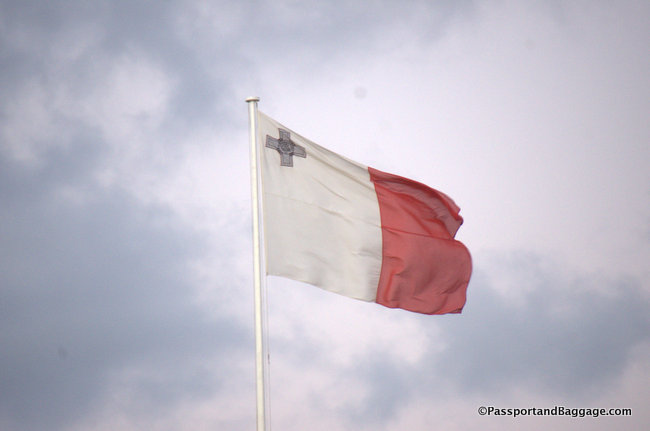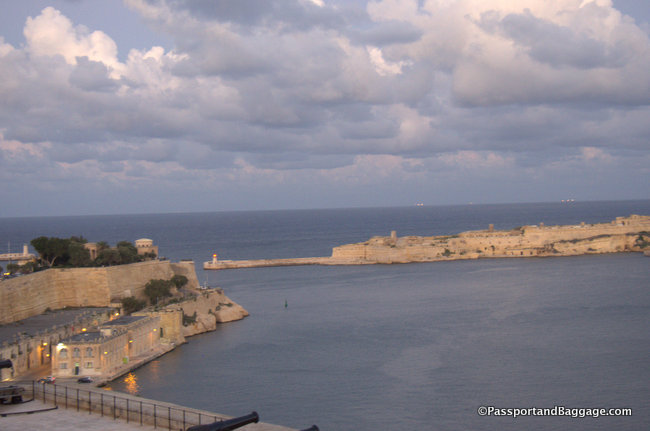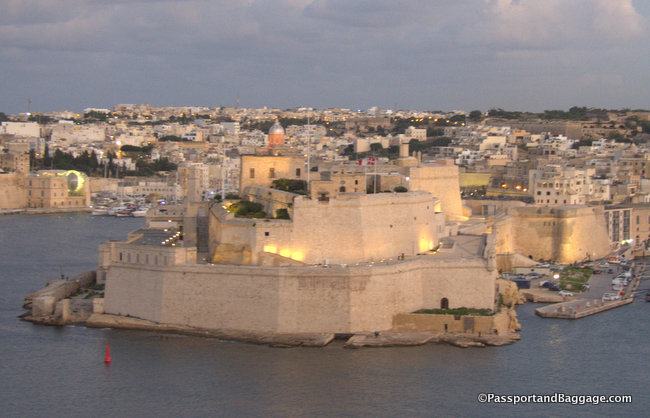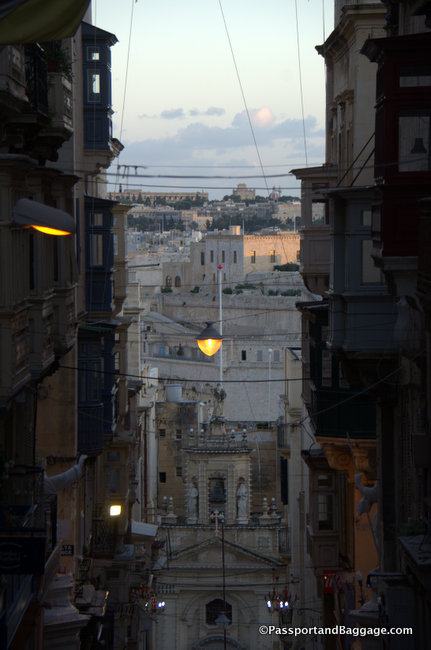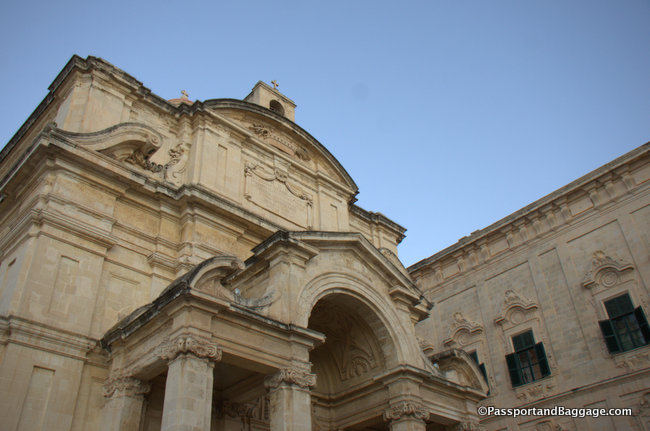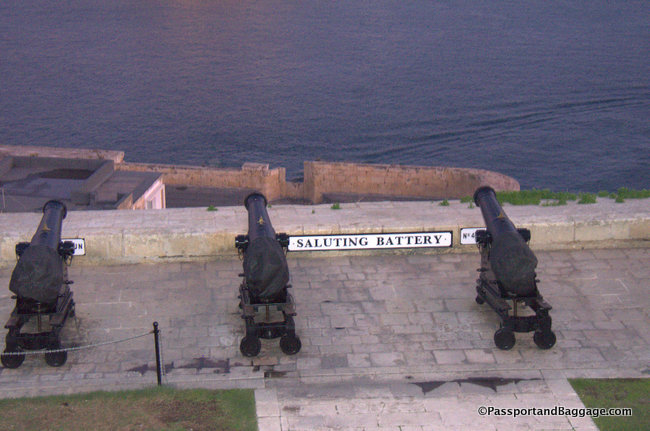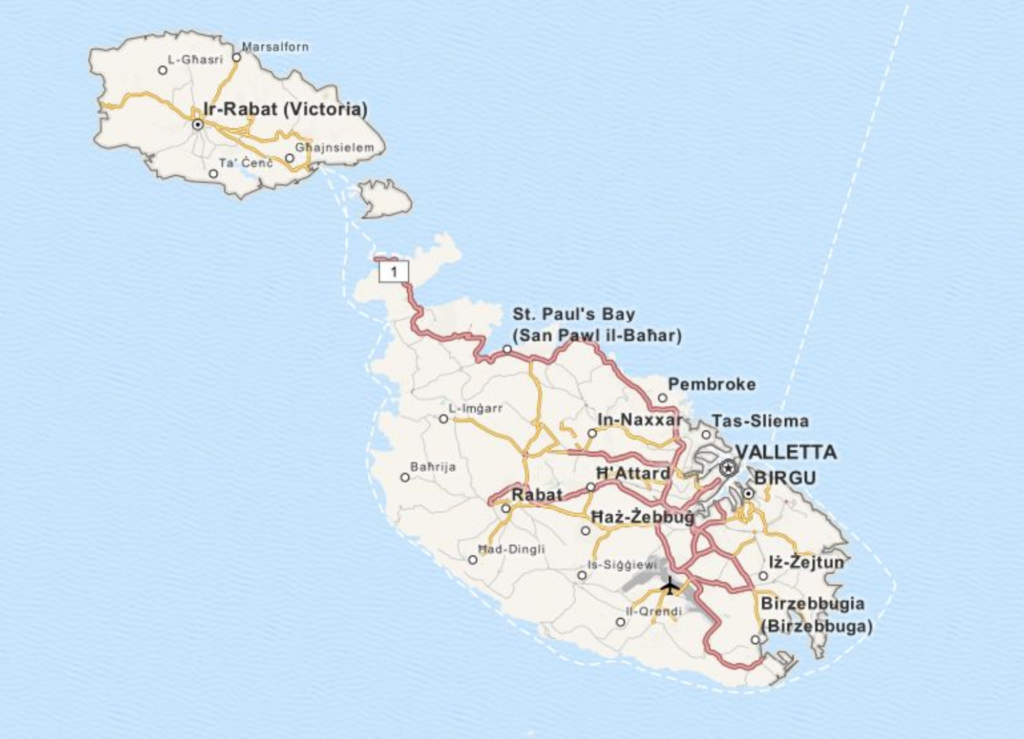Valetta, Malta
November 8, 2019
Protecting Valetta
A harbor tour is the best way to understand the massive undertaking humanity has done to protect the strategic islands of Malta.
Malta sits almost dead center in the Mediterranean Sea, making it a strategic point of interest, no matter what era you want to look at in history.
Fort Sant Angelo was the first fortress built, by the Knights of Malta, to protect the harbor and their establishment. This fort was also strategic during the second World War. When the British took over Malta the fort was first used as a Wireless Station. The British did not make any major modifications to the fort, although they converted No. 2 Battery into a casemated battery and built a cinema and a water distillation plant in the early 20th century.
During World War II, the fort again found itself under siege. In total, the fort suffered 69 direct hits between 1940 and 1943. When the Royal Navy left Malta in 1979 the Fort was handed to the Maltese government.
The Lazzaretto (Maltese: Lazzarett) saw a lot of use during the plague epidemic of 1813–14, the cholera epidemic of 1865 and the plague epidemic of 1937. It also served as a military hospital for British, French and Italian soldiers during the Crimean War. Several notable figures stayed in the Lazzaretto throughout its history, including Lord Byron, Sir Walter Scott, Horace Vernet, Benjamin Disraeli, and Alphonse de Lamartine.
Part of the Lazzaretto which was known as the Profumo Office was used to fumigate incoming mail. Disinfected mail was marked with red wax seals from around 1816 to 1844.
The Lazzaretto remained in use by the health authorities until 1939, when it was requisitioned by the Admiralty to be used for military purposes during World War II. Between 1941 and 1942, it was used as a submarine depot, and the buildings were bombed a number of times by Italian or German aircraft. Many buildings were destroyed by this aerial bombardment, and some other structures had to be demolished due to the damage they had sustained.
The Lazzaretto reopened as a hospital in 1949 and remained so until the departure of the Royal Navy from Malta in the 1970s.
Bighi Hospital was a major naval hospital located in the small town of Kalkara. It was built on the site of the gardens of Palazzo Bichi. Bighi Hospital contributed to the nursing and medical care of casualties whenever hostilities occurred in the Mediterranean, making Malta “the nurse of the Mediterranean”.
The hospital’s first director (1827–1844) was Dr. John Liddell. He was later appointed director-general of the Royal Navy’s Medical Department, and during his office, Bighi nursed casualties from the Crimean War.
In 1863 the hospital looked after Queen Victoria’s son Prince Alfred who was ill for a month with Typhoid Fever while serving as an officer in the Royal Navy.
During the First World War, Bighi accommodated a very large number of casualties from the Dardanelles. During the Second World War, the Hospital was well within the target area of the heavy bombing since it was surrounded by military establishments. A number of its buildings were damaged or destroyed, including the x-ray theatre, the East and West Wings, the Villa and the Cot Lift from the Bighi Jetty to the Hospital.
Fort Manoel is a star fort on Manoel Island in Gżira. It was built in the 18th century by the Order of Saint John, during the reign of Grand Master António Manoel de Vilhena, after whom it is named.
The fort first saw use during the French invasion of Malta in June 1798, in the French Revolutionary Wars. The fort surrendered after Grand Master Hompesch officially capitulated to Napoleon
The fort saw use again during World War II when a battery of 3.7-inch heavy anti-aircraft guns was deployed there. The guns were mounted in concrete gun emplacements and deployed in a semicircle in and around the fort. The fort suffered considerable damage to its ramparts, barracks, and chapel as a result of aerial bombing during the war. The fort was eventually decommissioned in 1964
Fort San Salvatore is a retrenched fort in Birgu built in 1724. It was used as a prisoner-of-war camp during the Greek War of Independence and World War I, and as an internment camp and kerosene depot in World War II. Notice the Eye and Ear. It is said that comes from an old Maltese proverb, the wind has eyes and the walls have ears.
The ditch of Valetta covers much of the island. Valletta’s ditch was cut across the Sceberras Peninsula after the Great Siege of 1565 to protect the city from a land invasion. The other main forts and harbor areas were extensively damaged after the siege, and, fearing further invasions, Pope Pius IV commissioned the renowned architect Francesco Laparelli to design and reinforce the defense of the islands.
These are just some of the fortifications around the harbor. Today, the architectural and historical value of Malta’s fortifications is widely acknowledged. All fortifications were included on the Antiquities List of 1925, and virtually all surviving Hospitaller fortifications are now listed on the National Inventory of the Cultural Property of the Maltese Islands, Malta’s national heritage register. The fortified city of Valletta has been listed as a World Heritage Site by UNESCO since 1980.
Some other interesting sites in the harbor:
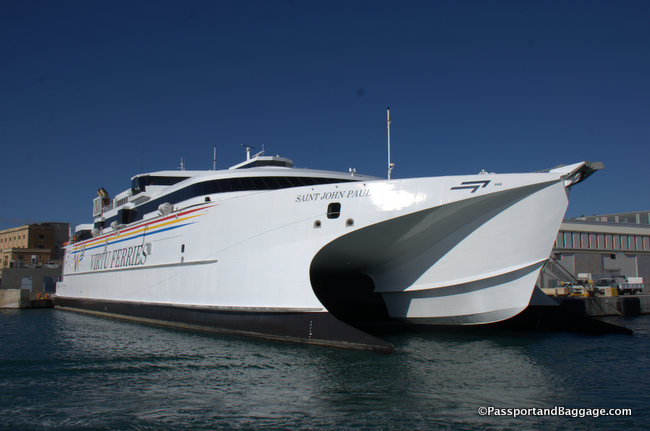
Saint John Paul II is a high-speed catamaran ferry owned and operated by Virtu Ferries. Built by Incat in 2017–18, the vessel entered service as a ferry between Malta and Sicily in March 2019. It is the largest vessel of its kind in the Mediterranean Sea, and the second-largest in the world.
The Black Pearl schooner was originally built in Sweden and called the Black Opal. She once carried merchandise in the Baltic and later was used as a luxury yacht. It entered Malta following an accident when its engines caught fire. Because of the expenses required to fix it, its owner abandoned it and eventually it sank down 70 feet at Marsamxett Harbour.
It was later used in various scenes for the Popeye movie starring Robin Williams and now serves as a restaurant.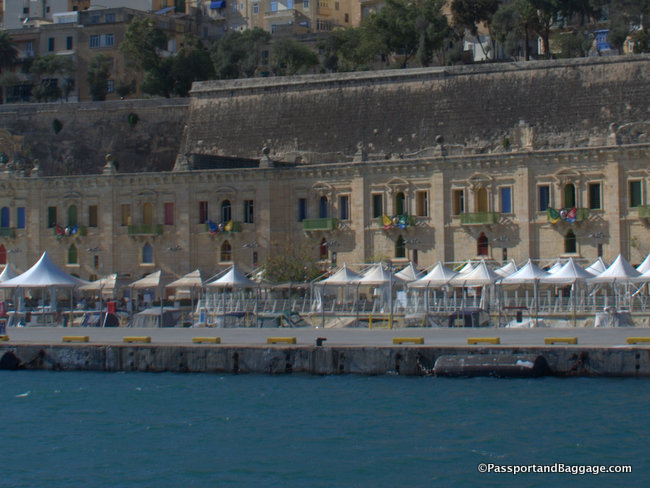
These historic warehouses were originally built by Grand Master Pinto in 1752. Today they are stores and restaurants with their iconic doors being reinterpreted by artists. The colors of the doors represent what was once sold from them, blue for fish, green for produce, yellow for wheat and red for wine.
A new way to protect Malta is to be aware of climate change, this is an island. People protesting in old town Valetta.
Fortifications throughout Malta
Towers like the Hamrija Tower encircle most of Malta and Gozo. They vary in construction and size, but the purpose was to function as a watchtower.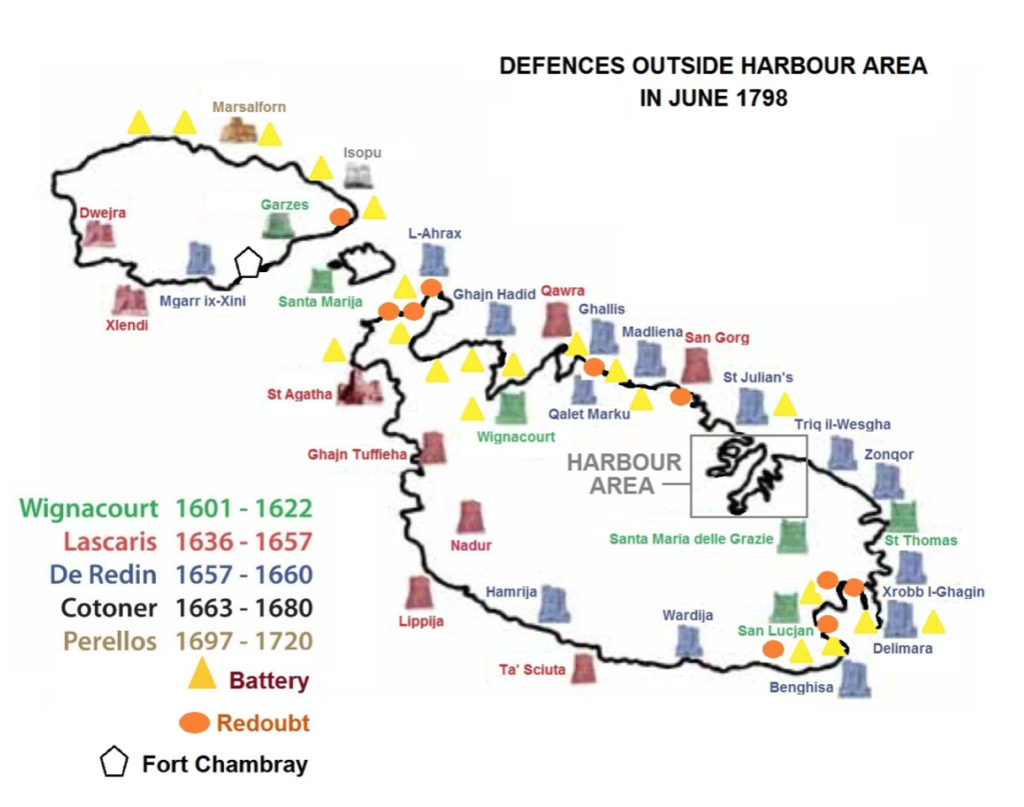
*

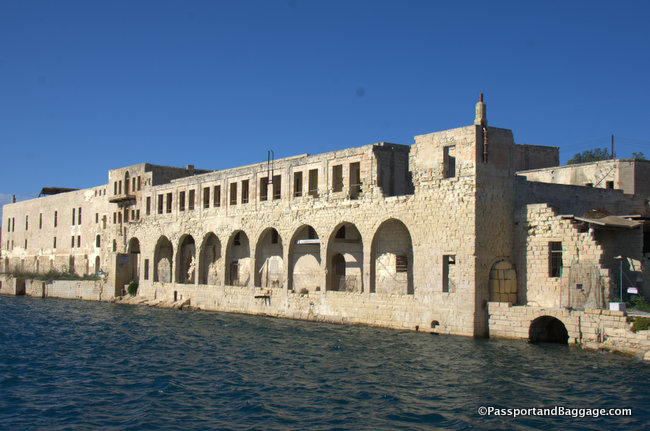
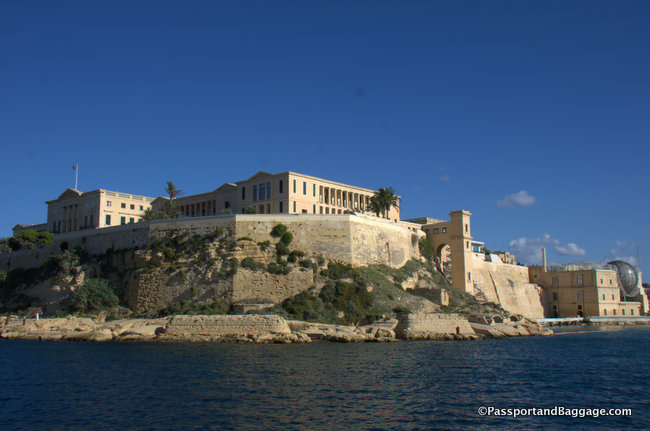
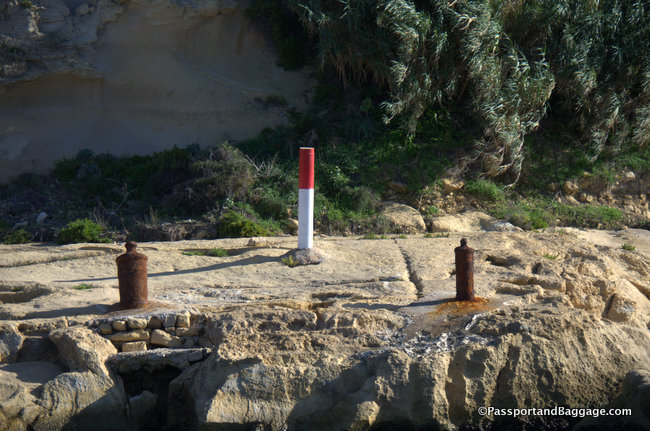
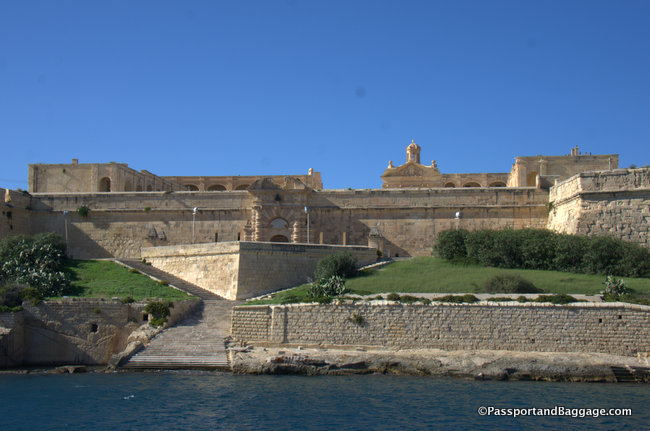
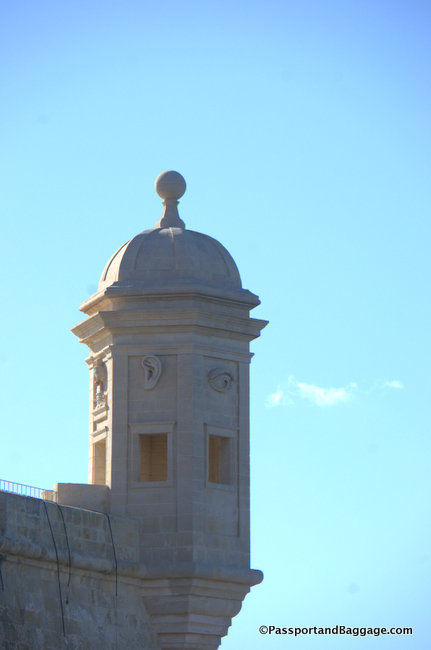

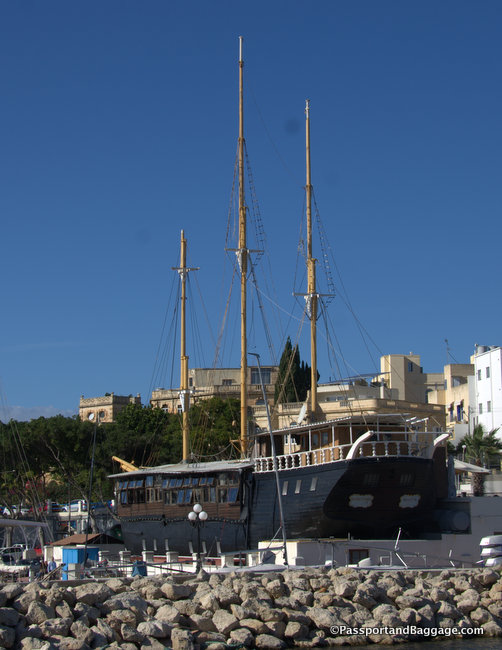
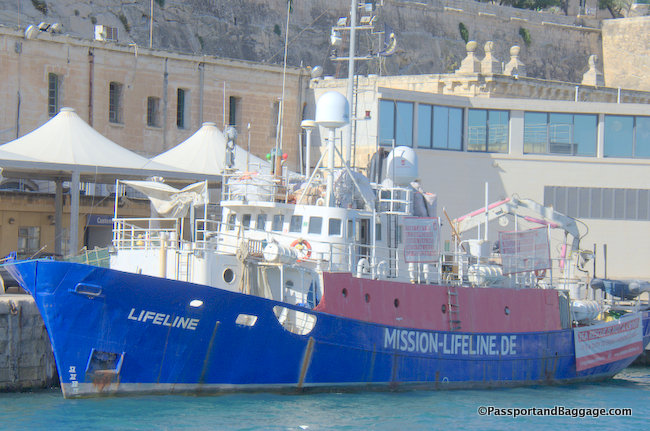
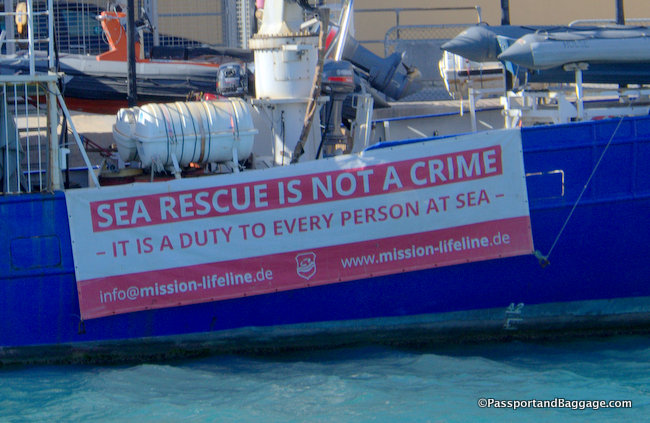

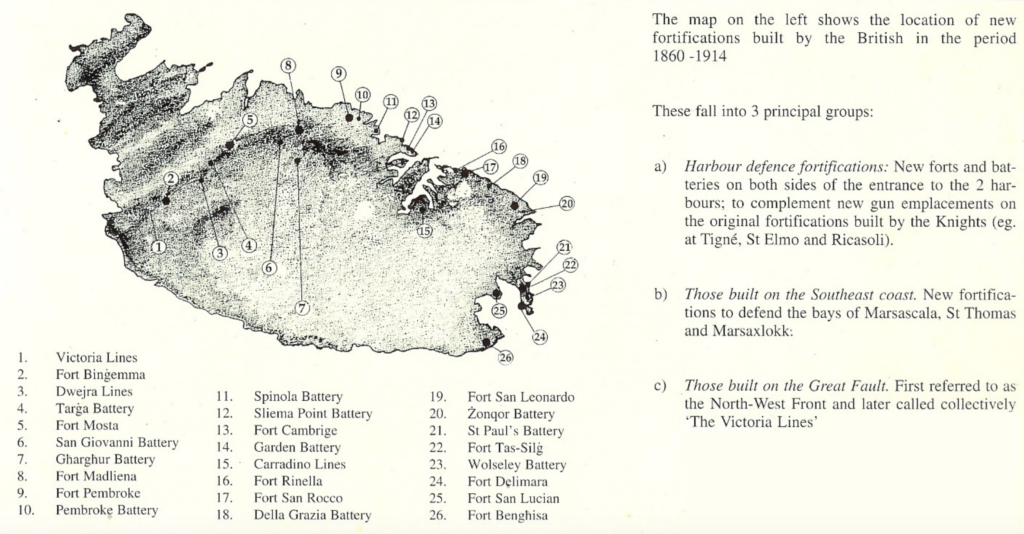
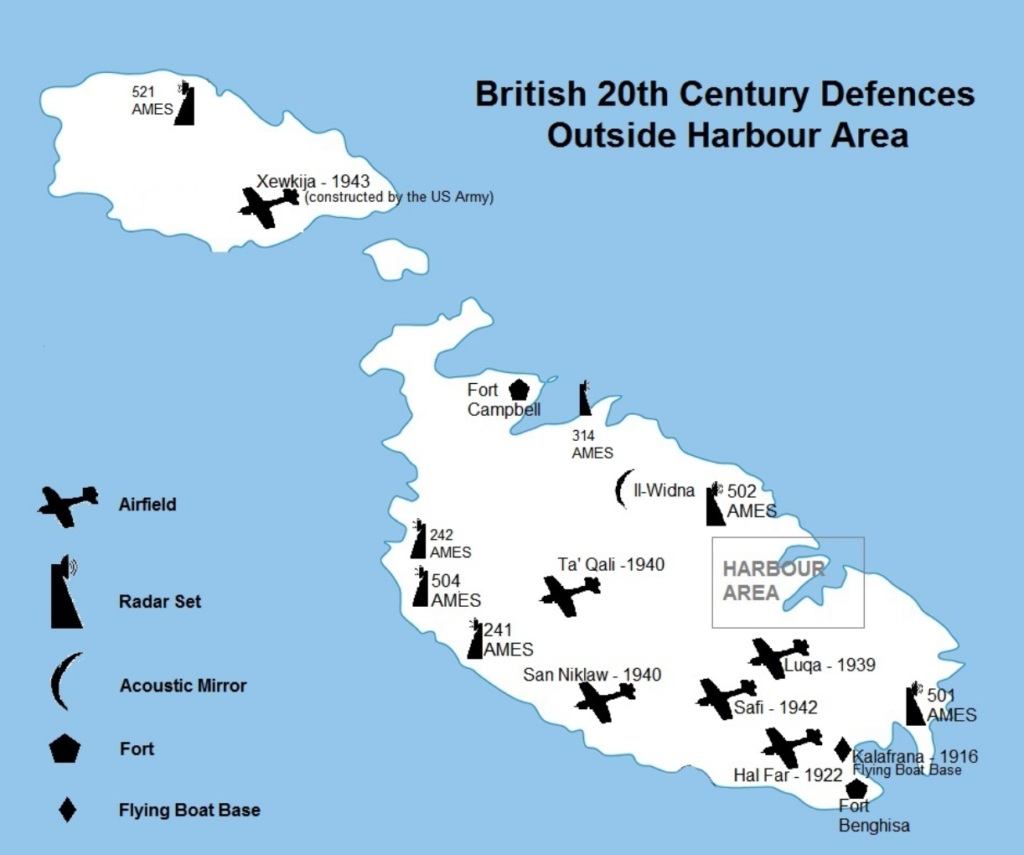



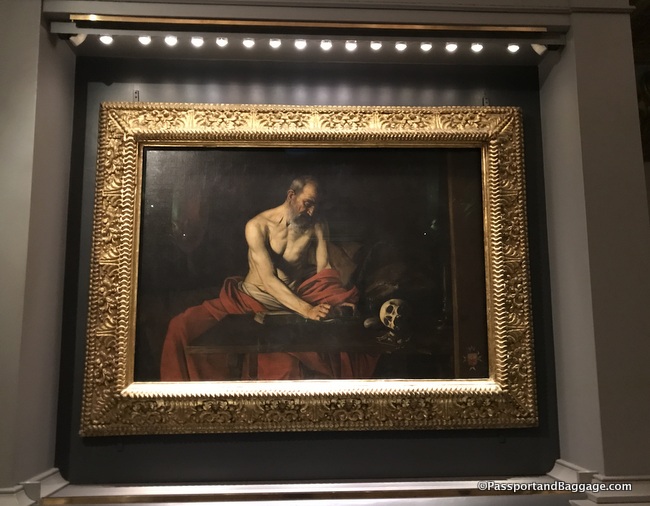
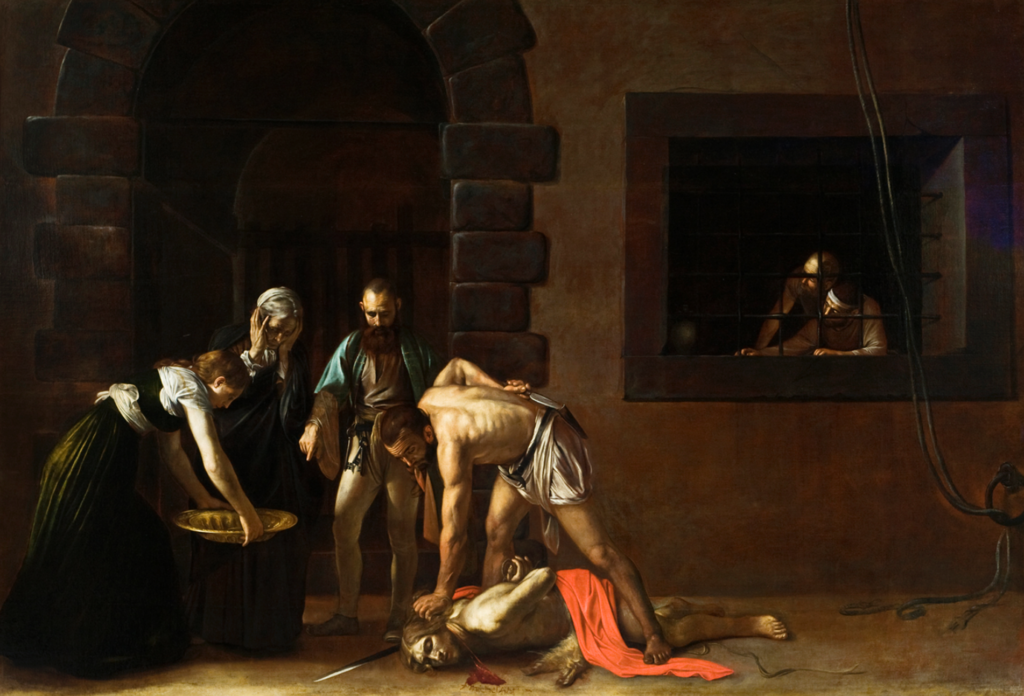
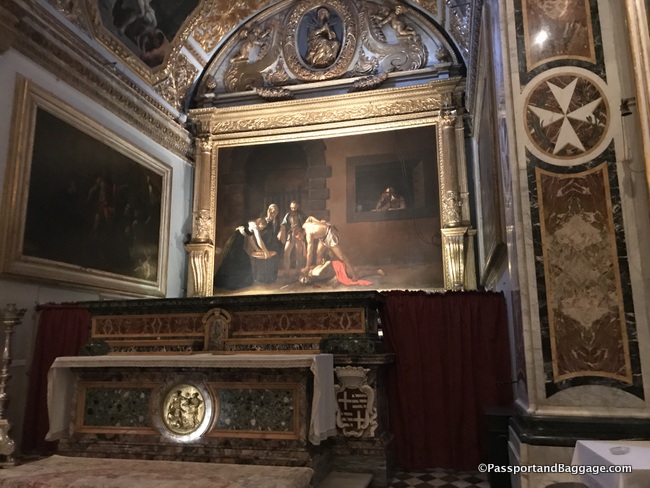


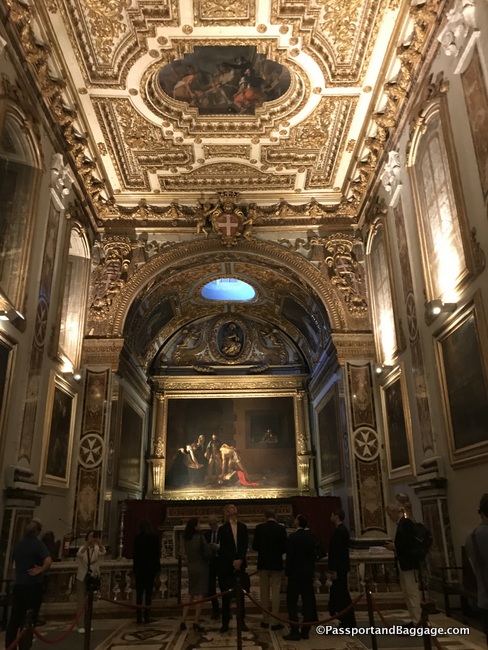
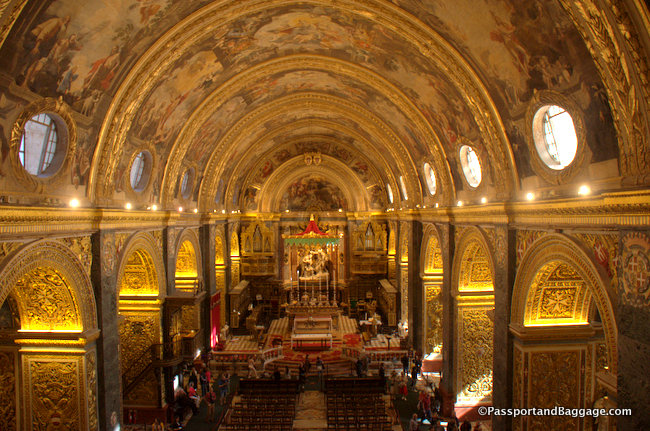

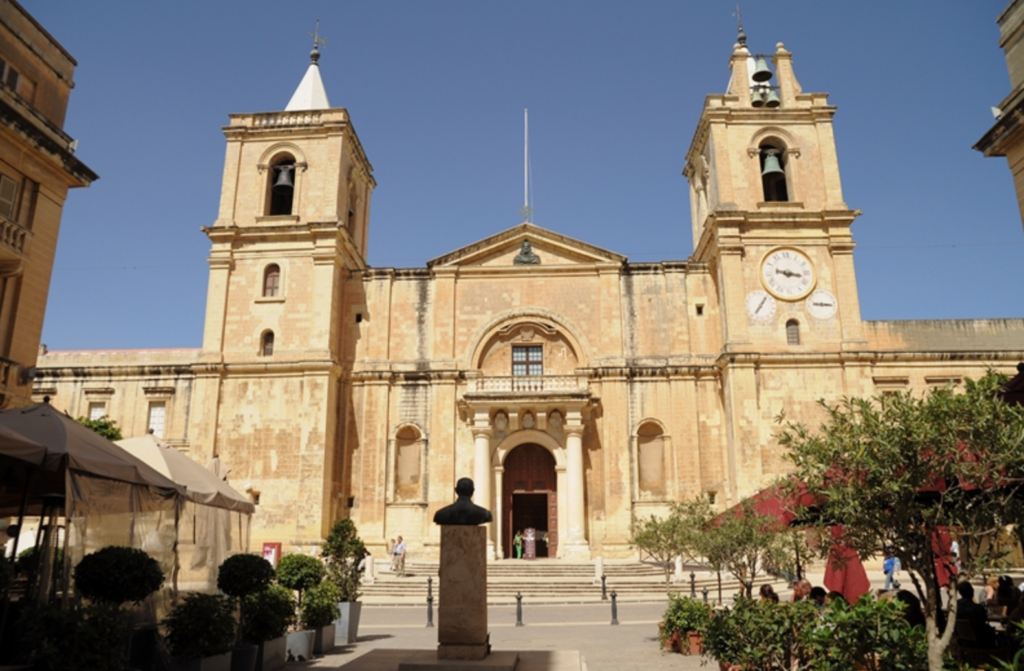
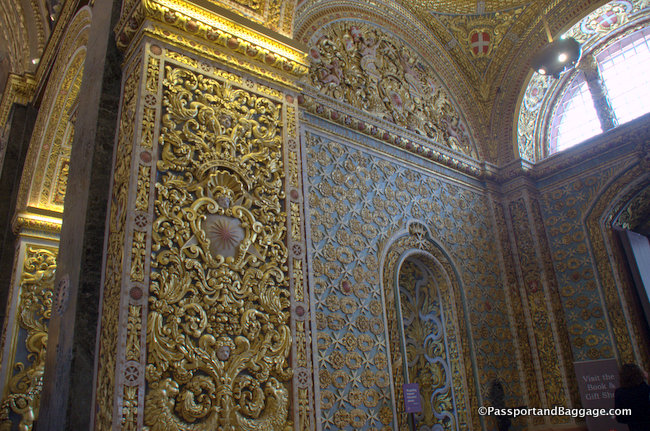

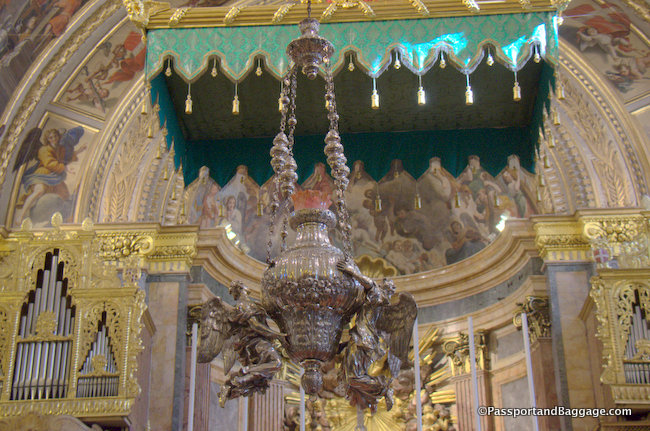
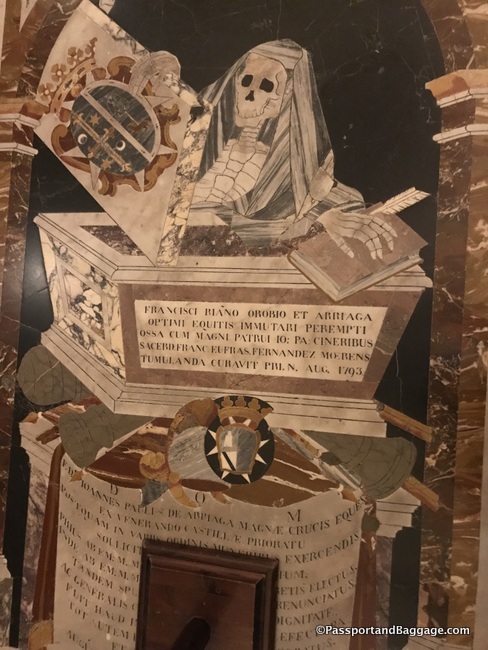
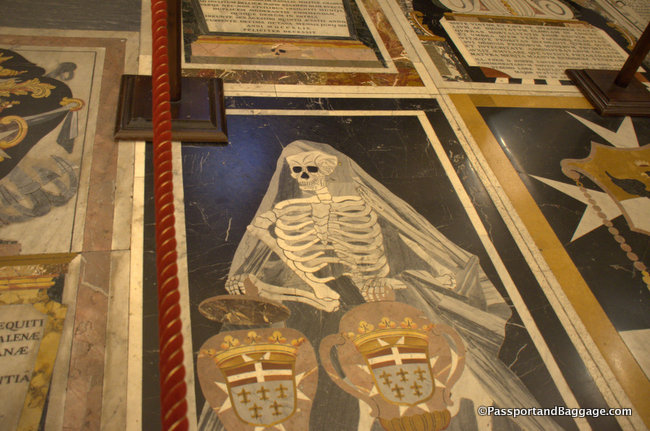

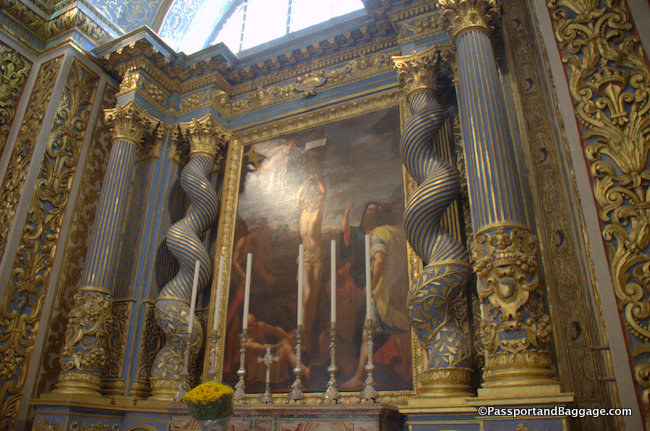
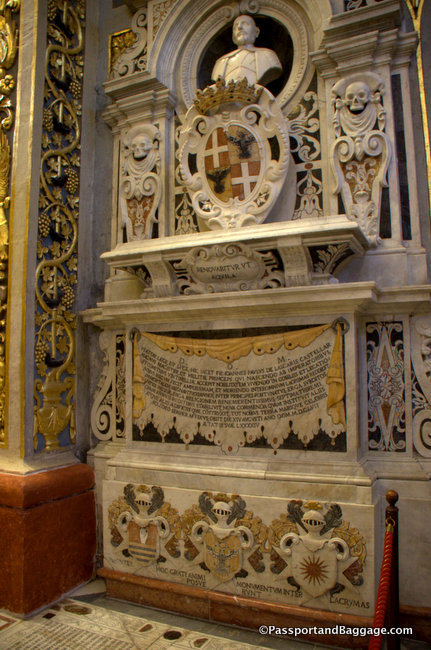
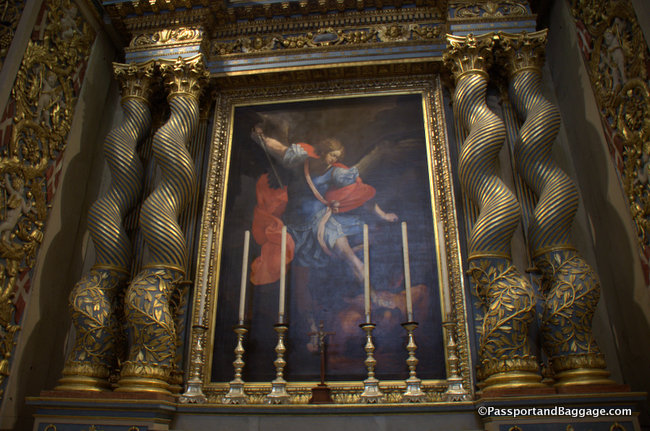
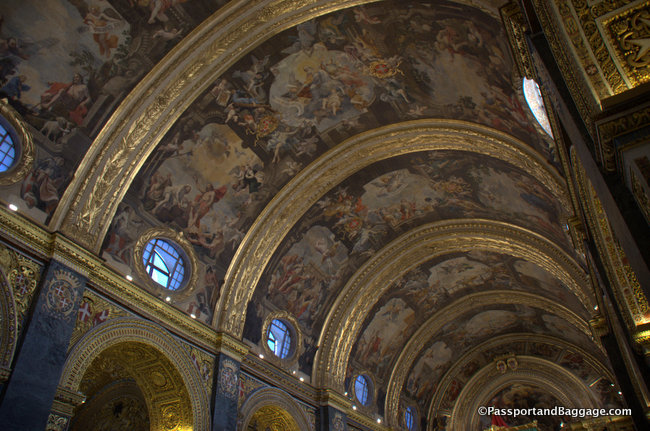
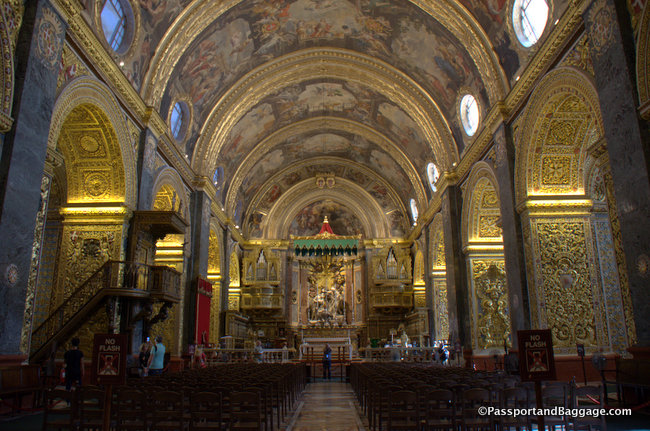
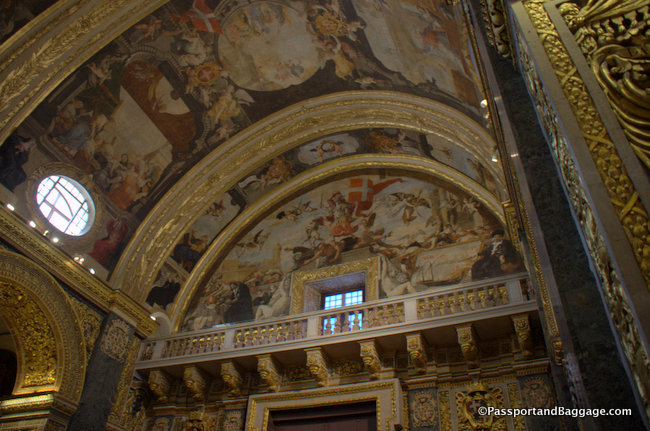 *
*